Dutch destinations: take a walk in the wild Westerkwartier in Groningen
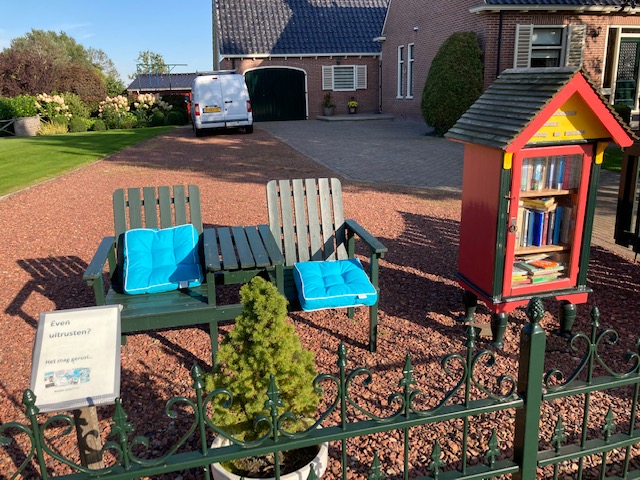
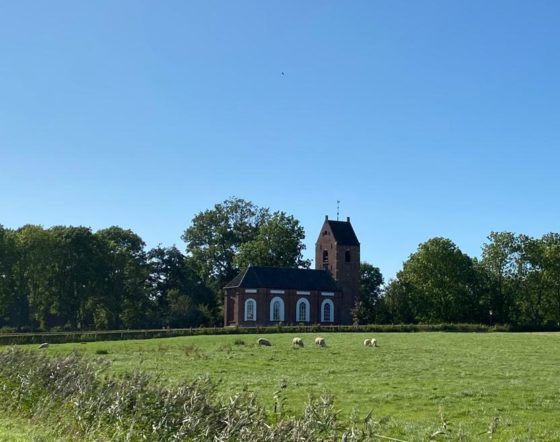
If you are looking to get away from it all, if you love walking or birdwatching or just exploring an unknown bit of the Netherlands, then the western part of Groningen is an often overlooked gem.
Muntjersyster Ryd, Middag-Humsterland, Langewold, Elzinge – many of the names in this very rural part of the country sound as they have come straight out of Lord of the Rings. They are names steeped in history, and Westerkwartier, which runs from the Wadden Sea to Groningen city the borders of Friesland and Drenthe, is the oldest landscape in the Netherlands.
Not as touristy as the popular parts of Friesland, Westerkwartier is a rural area of rambling rivers, red brick village houses and churches, and impressive manor farms. Many of the villages or hamlets are built on terps – artificial mounds – to keep them safe from the sea which used to encroach far inland before it was closed off by dykes.
What do do
Visit the Lauwersmeer
The Lauwersmeer was once an area of brackish water but the landscape changed in 1969 when the Lauwersee dyke was built, cutting of the water from the sea. Today the lake and surrounding reed beds are a paradise for birds (the golden oriole, the pied avocet and the spoonbill visit during migration).
The national park website has plenty of information about what birds are around, where to walk and other activities – there is a special ‘gnome walk’ for young children, for example. The reserve is also an official Dark Sky Park.
In good weather with no wind, wrap up warm and rent a boat. We rented one from Bootverhuur Lauwers for €65 for an afternoon, plus petrol.
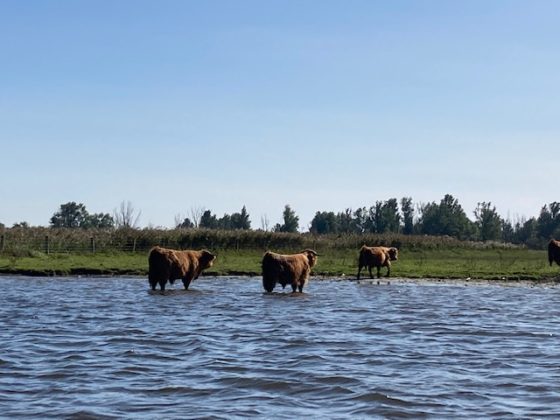
Go on a long walk or cycle ride
This is a place for walks and long cycle rides through endless countryside, what ever the time of year. Walk along very quiet country roads, over paths through fields and alongside the waterways, but don’t get forget to take lunch with you. Not every village you will pass through has a cafe. You can download routes – which are clearly signposted using a numbering system – from www.landschapbeheergroningen.nl and parelsinhetwesterkwartier.nl.
Visit Winsum
Named the best village in the Netherlands by the ANWB motoring organisation, Winsum has a charming church, two windmills and a river running through the middle, with gardens running down to the water.
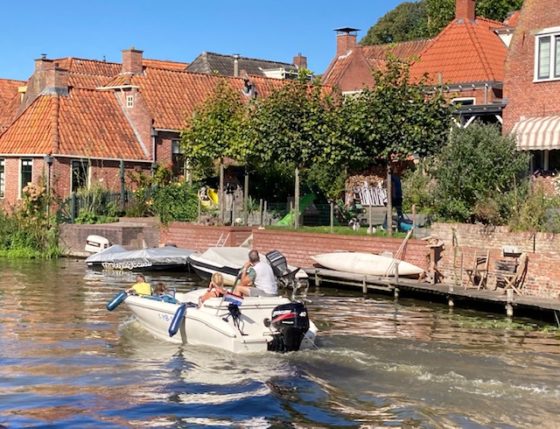
There are several places to have lunch – and sit outside if the weather is fine – and you can follow a three-kilometre walk around the main attractions. Is it the prettiest village in the Netherlands? Probably not, but the centre is charming and the locals are welcoming. It is also very much a working village not a living museum.
Play with some Lego
The village of Grootegast is home to a small museum devoted to Lego which is housed in the former offices of Lego Nederland. Not part of the Lego empire, the museum is managed by a foundation and offers lots of nostalgia for grown-ups and opportunities to get building for all ages.
Grootegast is also home to the Victory Museum, which focuses on the liberation of the northern part of the Netherlands and has a splendid collection of tanks and military vehicles.
Visit a borg
There were once around 100 borgs – or semi-fortified country houses – in Groningen, of which 16 are left. Nienoord, in Westerkwartier, is a manor house museum, with an large playground for children, grounds to explore, a campsite and a cafe. Verhildersum and Mekemaborg are a little further to the east, but are also grander and well worth a visit. You can also walk around the grounds and have lunch.
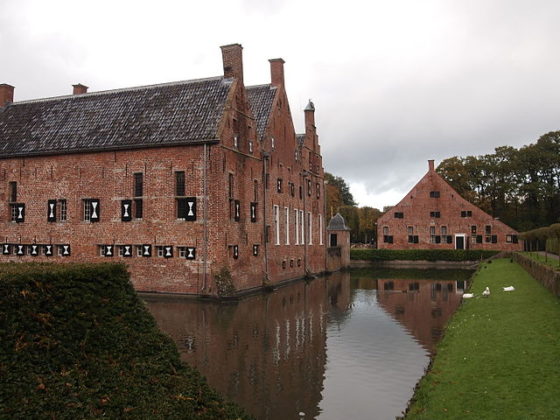
Where to eat
Not every village has a restaurant or even a cafe, so it is wise to plan stops for lunch. And given the coronavirus restrictions, restaurants also tend to get booked up early at weekends.Best is to ask your host for their own recommendations – or if they can provide a picnic.
Where to stay
We stayed at a two bedroom b&b in Visvliet, a village of 290 souls. The b&b, which has big bedrooms and big beds, is located above the former village shop which has been bought by the villagers and turned into a meeting place cum second hand store cum tourist office. There is no outside space, but you can sit on the pavement with a drink and watch the world go by – and say hello to all the locals who stop to talk to you.
If you are looking for a more luxurious stay with fine dining on site, Piloersemaborg is a Groningen manor house which offers a charming rooms and great food, and is closer to Groningen city itself.
Most of the larger villages have a small hotel or guest house, and there are plenty of holiday parks and campsites, particularly near the coast. The tourist board website has a wide choice of different sorts of accommodation.
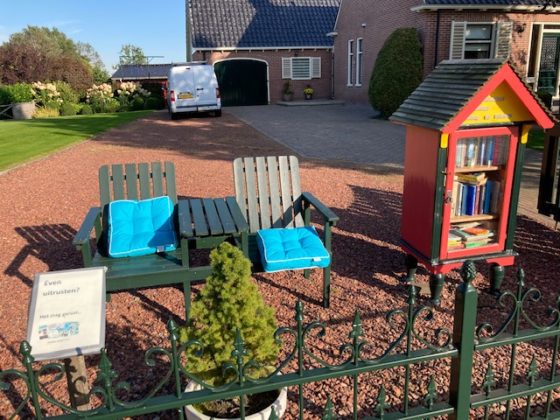
How to get there
While you can take the train to Groningen and then use local bus services from outside the main railway station, if you want to get around easily, a car is your best bet.
Anything else?
This part of the Netherlands is very much an outdoor experience, so not the place to visit if if you have a long, rainy weekend a head. The local weather is influenced by the North Sea to the north-west and is generally cooler than the rest of the country. If you miss frost in the winter – you might be lucky, however.
Thank you for donating to DutchNews.nl.
We could not provide the Dutch News service, and keep it free of charge, without the generous support of our readers. Your donations allow us to report on issues you tell us matter, and provide you with a summary of the most important Dutch news each day.
Make a donation